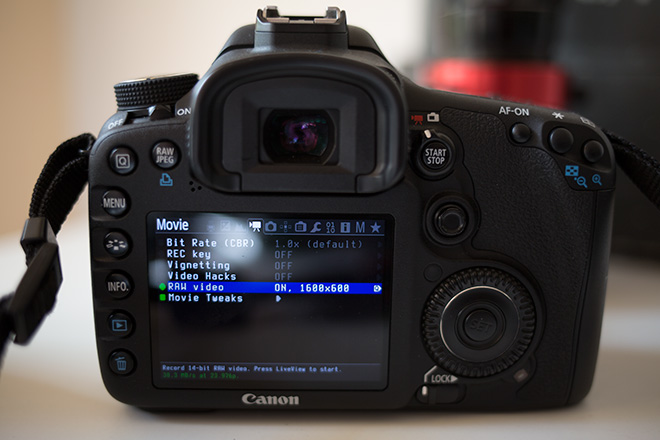
My first attempt had blown me away just looking back at the photos in the camera. I set all this up and left it running until the card was filled, or the batteries ran out later that evening. Internally in the camera, I ran Magic Lantern firmware on my 5D Mark II kit, using its software intervalometer I set the camera to take one photo every ten seconds, to a max of five seconds of exposure along with the “Auto ETTR” (Exposure to the right) software, to automatically adjust the camera settings as the conditions changed. I bought a license immediately once I saw what it could do. The creator named this process the “Holy Grail” of timelapse photography. Starting at around ISO 100, f/K, and eventually ending up around ISO 800, f/2.K (With a major spike at dusk of around 8000K!), it’s a hell of a lot of calculations to do yourself.Īfter researching this, and finding an incredibly beautiful location to try this out (Namely, the Hotel Ukraine in Central Moscow) I looked into a piece of software called LRTimelapse, which simplifies the process once you’ve shot your material, to correct all of the photos in a batch, and ramp the changes between them. Particularly with a focus on Astrophotography, seeing the stars spin through the night sky, reminding all of us on the ground that we’re just one speck of dust orbiting a singular star, in a seemingly endless universe of other stars.įor over a year now I’ve particularly been trying my hand at shooting day to night, or night to day transitions, since shooting/filming that time of day requires seemingly impossible tuning of settings to match the ever-changing light level and colour during that period. It’s something I’ve loved watching, the passage of time as life seemingly speeds up to an incredibly fast speed, whilst the camera remains firmly locked in place, or moving seemingly slowly across a set path on a slider.

Notice all the shots are on the ground except the last one? Read on to find out why…


 0 kommentar(er)
0 kommentar(er)
